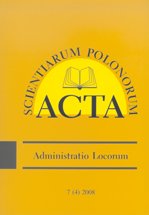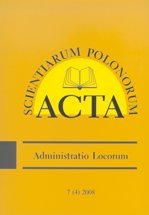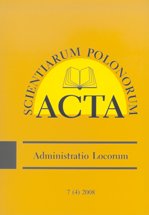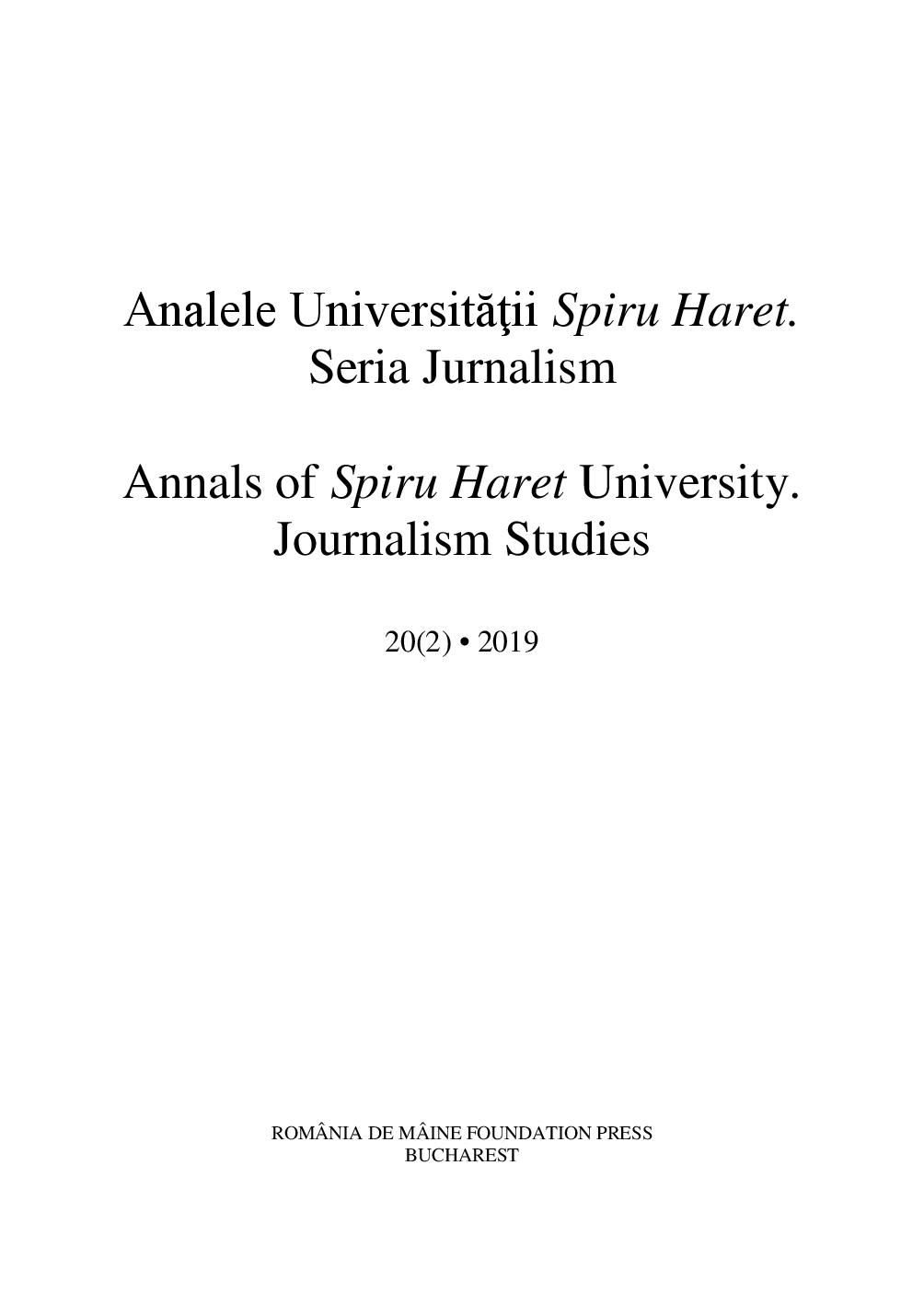
Leśna przestrzeń produkcyjna w decyzjach i dokumentach planistycznych sporządzanych na obszarze gminy
The study presents the methods used for the creation of spatial policy concerning forest production space in the study of conditions and directions of land development in the communes and in the local plan of spatial arrangement, which is a tool for the realisation of spatial policy. The examples provided show that the problems are not dealt with properly enough. The communes tend not to interfere with the management of forest areas, not only the state-owned, but private as well. It is doubtful whether the local plans for forests are prepared taking into account the management plans prepared for state-owned forests or the simplified plans for other forests.
More...


